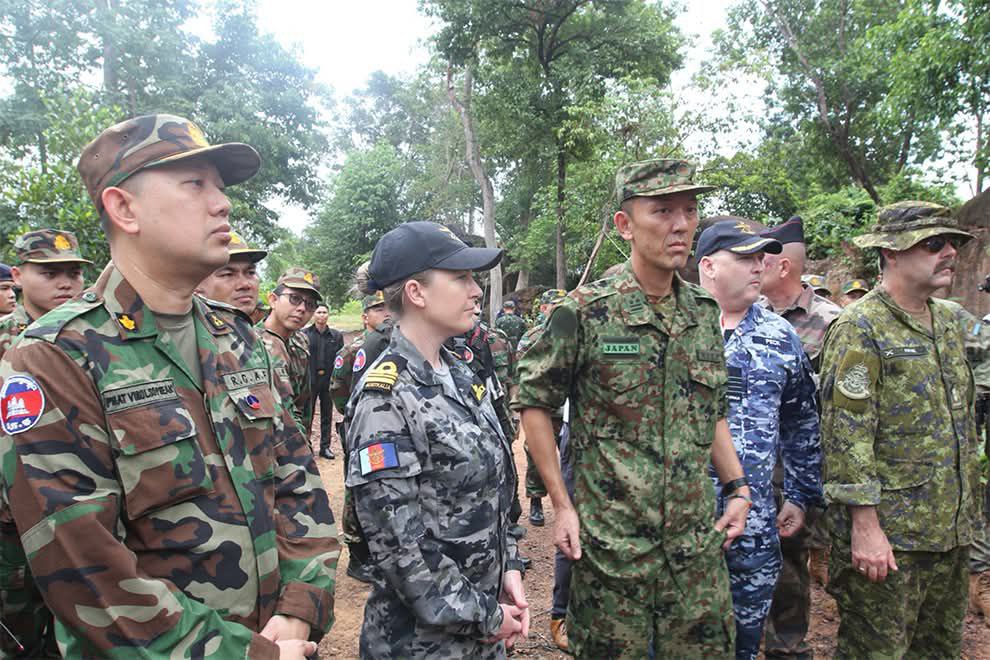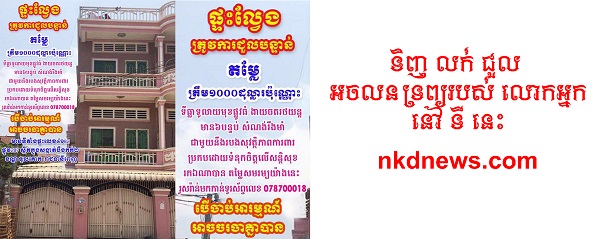The recent five-day military clash between Cambodia and Thailand left dozens of soldiers injured or killed and hundreds of thousands of civilians displaced before ASEAN chair Malaysia, with support from the US and China, stepped in to mediate a temporary ceasefire.
Now that the guns have fallen silent, Thailand’s behaviour reveals that the crisis is far from over and Cambodia needs to prepare for what may come next.
At the heart of the conflict is a disagreement over territorial claims on the Preah Vihear Temple. Although the International Court of Justice ruled in favour of Cambodia in 1962, Thailand still insists on challenging Cambodia’s rule politically and militarily.
Recent border incursions and the fact that Thai soldiers walking into areas with known minefields are not random acts of carelessness, but intentional provocations.
Such actions are a part of Thailand’s calculated strategy. Through testing Cambodia’s patience again and again, Thailand is trying to provoke so it can then justify further aggression. This allows Thailand to frame itself as a victim in the eyes of the international community, a strategy which has been employed during past confrontations.
On August 10, Lieutenant General Boonsin Padklang, commander of Thailand’s Second Military Region offered a statement that should be considered a direct threat to Cambodia’s sovereignty.
Ahead of his retirement with 51 days left, he announced two objectives: to seize the Ta Krabey Temple, and to close access to Ta Mone Thom Temple, both of which are internationally recognised as being within Cambodia’s territory.
The declaration was not a defensive measure. Rather it was a clear, premeditated intention to violate Cambodia’s territory and the ceasefire agreement. The general’s statement is an open provocation which represents a direct challenge to peace and security in the region. On the night of August 9, Cambodian forces reported that Thailand soldiers fired 100 shots using catapults against Cambodian troops, which is a blatant violation of the ceasefire. These actions reflect a terrible strategy: provoke, escalate and portray Thailand as the victim.
Escalating this hostility is a strain of Thai nationalism rooted in historical revisionism, like the idea that some parts of Cambodia were once owned by Thailand. This dangerous narrative is being used to justify the present-day invasion.
Under prime minister Hun Manet, Cambodia has so far responded with diplomatic restraint. However, there no sovereign nation will allow another nation to repeatedly violate its sovereignty without defending its land and people.
ASEAN and the international community must act now before the situation spirals further. The previous mediation of Malaysia showed that regional diplomacy could work, but the aggressor must be identified and held accountable.
This is not a simple territory dispute. It is the test of sovereignty, stability and international order. If it is left unchecked, Thailand will not stop here.
Han Noy is a freelance journalist based in Phnom Penh, with an eye on Cambodian foreign policy in Southeast Asia. The views and opinions expressed are his own.










